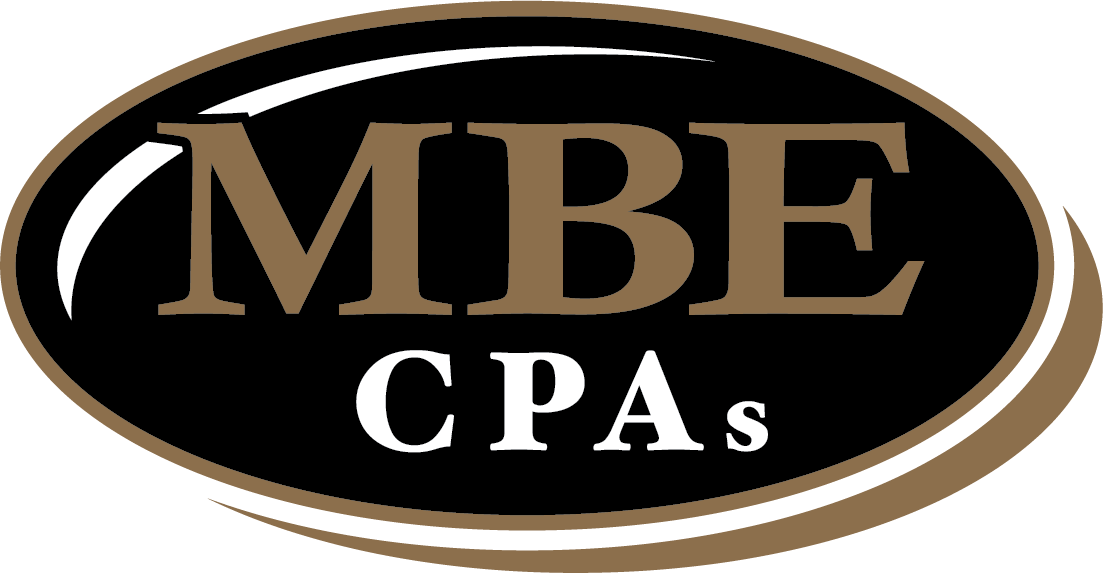Proven Ways to Improve Audiology Cash Flow

Authored by: Frank Vinopal – Partner, CPA | Date Published: May 19, 2025
As a private audiology practice owner, you dedicate your days to helping others hear more clearly. But how clearly are you seeing the financial health of your practice?
Every patient you serve and every service you offer strengthens your role in the community. To sustain and grow your impact, your practice needs a strong financial foundation, starting with a healthy cash flow.
Let’s take a closer look at key cash flow strategies every audiology practice should have in place.
Featured Topics:
1. Forecast Your Cash Flow Regularly
Like many healthcare specialties, patient volume naturally rises and falls. For audiology clinics, certain times of year may bring fewer visits depending on certain demographics of clients and prospective clients. These changes aren’t surprising, but they can still cause financial strain if you’re not ready for them.
That’s where regular cash flow planning makes a difference. Creating a simple 6- to 12-month forecast helps you stay ahead of slow periods and avoid being caught off guard. It helps you:
- Identify and address potential cash flow gaps
- Time your spending and investment decisions more strategically
- Adjust for seasonal trends in patient visits
Your own electronic medical record (EMR) system holds much of the information you need: appointment patterns and payment timelines. Combine that with reliable trends and updates from professional groups like the American Academy of Audiology, and your forecast becomes a more practical tool.
This kind of proactive forecasting gives you confidence and clarity, helping you navigate seasonal dips or unexpected changes with less stress.
2. Look for Ways to Diversify Your Revenue Streams
As an audiology provider in private practice, your existing client list likely holds several untapped income opportunities that, when strategically explored, can lead to meaningful increases in revenue without the cost of acquiring new patients.
Bring Back Inactive Patients with Strategic Follow-Up
One of the most immediate areas to examine is your roster of patients who haven’t returned for a follow-up appointment in 12 to 18 months. Regular follow-ups are critical for maintaining optimal hearing aid performance and ensuring patient satisfaction, yet many practices lose income by not proactively managing this aspect of care. By setting up recall systems—either through automated reminders, personal calls, or emails—you can encourage these patients to come in for annual hearing tests, cleanings, adjustments, and other ongoing care services.
Turn Aging Devices into Upgrade Opportunities
You should also consider reviewing the age of your patients’ hearing aids. Technology in this field advances rapidly, and many clients are unaware that newer models offer significant improvements in sound quality, connectivity, and convenience. Patients who purchased devices three or more years ago are prime candidates for upgrade conversations. A targeted campaign—perhaps branded as a “Tech Refresh” or “Hearing Aid Upgrade Event”—can help re-engage these individuals and move them toward modern solutions, especially when framed as a way to improve their daily life or connect better with family and friends.
Tap the Power of Patient Referrals
Referral potential is another area that’s often overlooked. Your satisfied clients are likely to have friends, spouses, or relatives experiencing similar hearing challenges. By identifying your most loyal patients and offering a referral program, such as a free accessory, service credit, or gift card—you can organically grow your practice through word-of-mouth while increasing the value of your current client relationships.
Build a Stronger Physician Referral Pipeline
In addition to peer referrals, there may be gaps in your medical referral network that are costing you new business. If many of your patients are coming in via online search or word-of-mouth rather than physician referral, consider reaching out to local primary care physicians, geriatricians, or ENT offices. Establishing referral relationships with these professionals can bring a steady stream of qualified patients into your practice. Hosting free hearing screenings at senior centers or health fairs is another way to increase visibility and generate referrals.
Maximize Insurance Benefits Before They Expire
On the administrative side, it’s worth re-checking insurance eligibility for your clients, especially if some have incomplete or outdated insurance records. Patients may have unused hearing benefits through third-party administrators or employer-provided plans. A simple audit of your patient database can reveal who may qualify for additional services or new devices with partial or full coverage. Promoting these benefits—especially during open enrollment or at the start of the year—can lead to new appointments and purchases.
Personalize Your Marketing Campaigns
Finally, consider segmenting your client list by categories such as age, last appointment date, hearing aid type, or specific diagnoses like tinnitus. This enables you to send personalized marketing messages that resonate with the needs of each group. For instance, veterans may respond to messaging about specialized programs or benefits, while retirees might be interested in health and wellness bundles. The more tailored your outreach, the more likely patients are to engage and return for services.

3. Establish Clear Payment Policies
Even busy audiology clinics can struggle with inconsistent cash flow if patient payments get delayed. The Medical Group Management Association (MGMA) notes many clinics wait over 91 to 120 days before turning unpaid balances over to collections, a delay that can put cash flow at risk.
Being upfront with clear payment policies makes a big difference. Some of the best practices include:
- Discussing payment policies at the initial appointment
- Collecting co-pays and outstanding balances at the time of service
- Offering online and automatic payment options
- Sending timely, friendly payment reminders
A smooth and friendly payment experience isn’t just good for business; it also encourages a positive experience for all and makes patient care feel more approachable.
4. Keep a Close Eye on Inventory
From hearing aids to batteries, your inventory directly impacts both care and cash flow. Overstocking ties up valuable capital, while shortages can lead to missed appointments and revenue loss.
Using integrated inventory systems, or even a well-managed spreadsheet, can help you monitor inventory control. Solutions like Audyum offer real-time tracking, low-stock alerts, and automated reorder points to help you avoid both overstocking and running out of essential items.
Keeping an eye on what’s moving means more cash on hand, less waste, and a smoother patient experience.
5. Plan for Major Expenses
Growth often comes with big purchases — whether it’s upgrading your diagnostic equipment, renovating exam rooms, or expanding to a new location. These are exciting milestones for any audiology practice, but they can stretch your cash flow if unplanned.
The solution? Set aside time and money to prepare. A few smart habits include:
- Building a reserve fund dedicated to large purchases
- Allocating a fixed percentage of monthly revenue to savings
- Exploring financing or leasing options for high-cost equipment
With planning ahead, these major upgrades become an opportunity, not a setback.
6. Work With a Qualified CPA Advisor Experienced in Audiology Practices
Managing your practice’s financial health is a full-time job on its own, but it doesn’t have to be yours alone. By partnering with an accountant who specializes in audiology, such as MBE CPAs, you can benefit from professional guidance that strengthens your practice’s finances.
At MBE CPAs, we partner with audiology professionals to provide accounting solutions customized to the specific needs of your practice. From improving cash flow to preparing for new growth opportunities, our proven experience in the audiology field is designed to support your practice every step of the way.

Final Thoughts
You’ve built your practice on connection, trust, and care. Now it’s time to build that same strength into your finances. By putting these cash flow strategies into action, you’re setting up your practice and your team for long-term stability and more opportunities for growth.
At MBE CPAs, we’re honored to walk alongside you, providing the support, knowledge, and partnership you need to keep moving forward. Learn more about how our specialized support for audiologists can help you build a future that’s just as sound as the care you deliver every day.
We’re excited to be part of your journey.

1 thought on “Proven Ways to Improve Audiology Cash Flow”
Comments are closed.